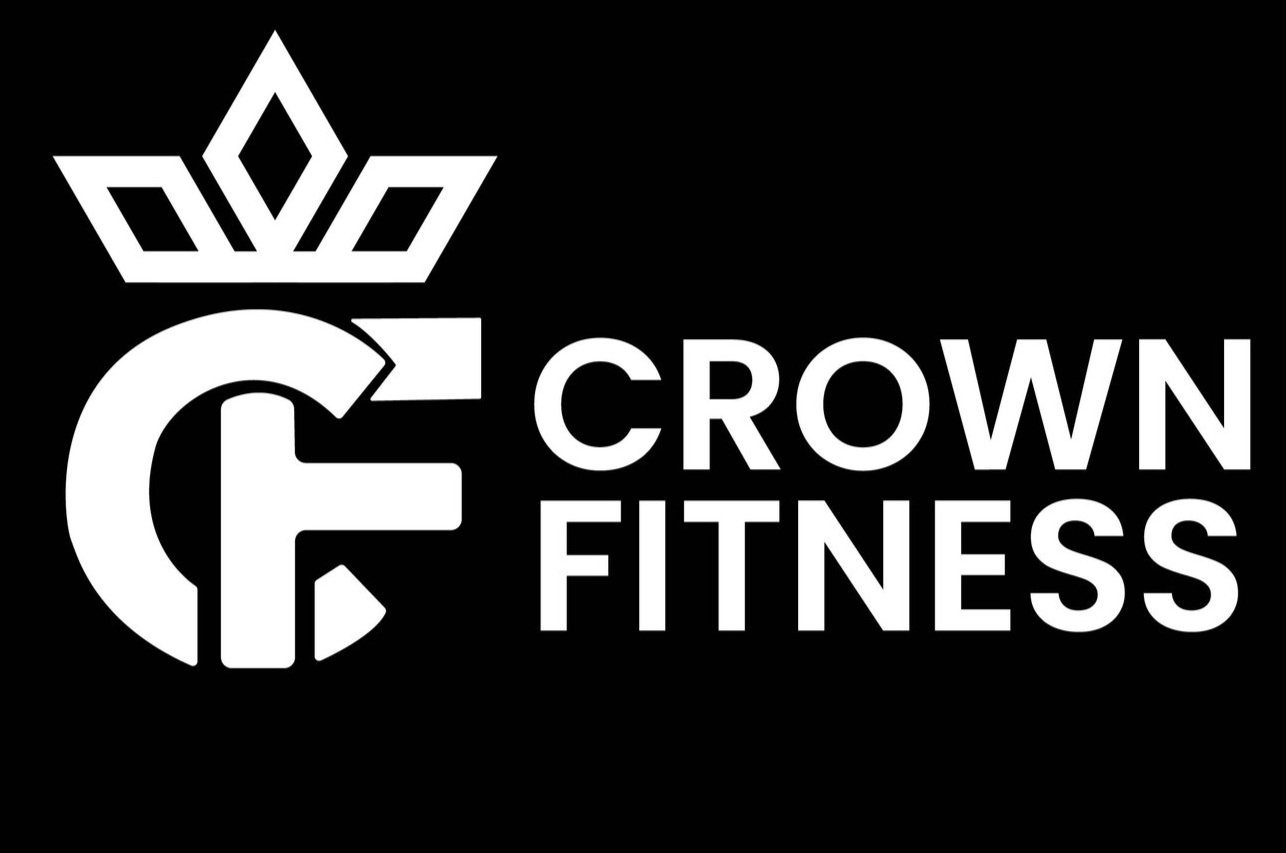Navigating Intensity: A Comprehensive Introduction to RPE for Gym Beginners
Introduction
Embarking on your fitness journey involves more than just lifting weights; understanding and mastering intensity is key. In this comprehensive guide, we'll delve into the intricacies of Rate of Perceived Exertion (RPE) using the Borg method to provide a nuanced understanding. We'll explore why beginners often underreport their RPE, the indispensable role of a trainer in accurate intensity assessment, and why RPE is crucial for effective muscle building.
Understanding RPE
Rate of Perceived Exertion (RPE) serves as a subjective measure of how hard an exercise feels. Employing the Borg method, this scale ranges from 1 to 10. At the lower end, an RPE of 1 signifies minimal effort, whereas an RPE of 10 implies pushing to absolute failure.
RPE 1-3: Low intensity, minimal effort. At this level, the exercise feels easy, and you could sustain it for a prolonged period with little challenge. It's a warm-up zone where your body is warming up.
RPE 4-6: Moderate intensity, noticeable effort. In this range, you feel engaged in the workout, but it's still manageable. Breathing becomes slightly deeper, and you're aware that you're working, but not pushing yourself to the limit.
RPE 7-9: High intensity, challenging but sustainable. Breathing becomes more pronounced, and effort is substantial. You're working hard, feeling challenged, but can sustain the effort. This is the sweet spot for building strength and endurance.
RPE 10: Maximum intensity, unable to perform the movement with proper form, feels almost impossible to keep going, completely out of breath. At this pinnacle, you've reached your absolute limit. The exercise is so challenging that maintaining proper form becomes difficult, and you're almost breathless. This level is reserved for pushing to the point of failure, often not sustainable for an extended duration.
Importance of RPE in Muscle Building
RPE, as a crucial tool in your fitness arsenal, plays a pivotal role in effective muscle building. Understanding its significance provides insight into optimizing your workouts for growth and sustained progress.
Precision in Effort: RPE allows for precise control over the intensity of your workouts. For muscle building, it's imperative to work within the sweet spot of moderate to high intensity (RPE 4-9). This range ensures that you're challenging your muscles sufficiently without compromising form or risking injury.
Stimulating Muscle Growth: Pushing your RPE toward the higher end of the scale (7-9) during resistance training stimulates muscle hypertrophy. This optimal effort range encourages your muscles to adapt and grow, fostering the development of strength and size.
Avoiding Overtraining: Striking a balance with RPE is essential to prevent overtraining. While pushing to higher RPE levels is beneficial, exceeding your capacity consistently can lead to burnout and hinder recovery. By maintaining an optimal RPE, you create a sustainable approach that allows for adequate rest and recuperation.
Individualized Approach: RPE is inherently subjective, allowing for a highly individualized approach to muscle building. It accommodates variations in fitness levels, ensuring that each individual can tailor their workouts to their specific capabilities and goals.
Adaptation and Progression: Consistently monitoring RPE enables you to adapt your workouts based on your evolving fitness level. As you become stronger, adjusting the intensity by fine-tuning your RPE ensures continued challenge and progression.
In essence, RPE is your guide to navigating the delicate balance between pushing your limits for optimal muscle stimulation and avoiding excessive strain that could impede your long-term progress. It serves as a personalized roadmap, leading you toward a more efficient and sustainable muscle-building journey.
Navigating RPE for Beginners with Trainer Expertise:
Accurately gauging RPE can be a formidable challenge for beginners, often resulting in underreported effort and less effective workouts. The unfamiliarity with this subjective measure creates a gap between the perceived and actual intensity of the workout. Enter the expert trainer, armed with experience and a discerning eye honed by the Borg method.
Trainers adeptly utilize the Borg method to precisely gauge intensity, bridging the gap for beginners. By keenly observing factors like movement velocity, they ensure clients push themselves effectively, navigating the delicate balance between a challenging workout and potential overexertion. This expertise transforms the daunting task of understanding RPE into a collaborative effort, enhancing accuracy and optimizing training for beginners. It's not just about working hard; it's about working smart with the guidance of an experienced trainer.
